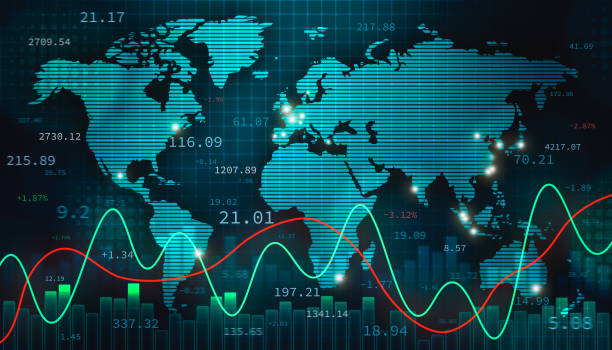India is experiencing some strange times. RBI expects inflation to average 6.7% in 2022-23, marking the second time in three years that inflation would exceed 6%. However, overall demand has remained low. The rise of inflation is not the main issue.
The repo rate has been lifted by the RBI’s monetary policy committee by 1.4 percentage points, to 5.4%, since May in an effort to curb inflation’s virtuous cycle. While inflation has moderated in recent months, a reversal of trend is yet possible. On August 26th, a barrel of crude oil in India cost $99.6 per unit. Food grain prices may also be affected by changes in the rainfall pattern. The area planted with paddy and pulses fell by 6% and 5% on August 26. After a poor first half, August saw a dramatic increase in net inflows of about $7 billion from FIIs.

Since US Federal Reserve chairman Jerome Powell’s assessment of inflation last week, global financial markets have been very volatile, as was the case yesterday. He warned that the Fed will have to take strong action if it wants to restore price stability. His comments were taken to indicate that the current period of interest rate increases might go longer than anticipated. As a result, that will have a disproportionately negative effect on economic growth in India as well. The dollar’s value against the rupee rose beyond Rs 80 before finishing slightly higher, while the BSE Sensex fell by 1.5% to finish just below the 58,000 level.
The state of the global economy is peculiar. The United States has officially entered a recession, with output falling for two consecutive quarters, and warning signs are appearing in business manager polls from both Europe and Japan. However, hiring is still happening, giving rise to the term “jobful recession.” But there is constant jobloss in several sectors of USA and even the Indian service sector is experiencing shocks as they are running out of clients and projects.

It is expected that the instability of the financial markets in India will continue and may rise further. There needs to be caution in the use of instruments by RBI and the Government of India in this situation. Supply restrictions continue to be the primary factor in inflation in India.
Since raising interest rates has a chilling effect on economic activity, they should be used only to combat inflation. To navigate this complex period, policymakers will need to employ a wide range of monetary and fiscal tools beyond merely interest rates.

